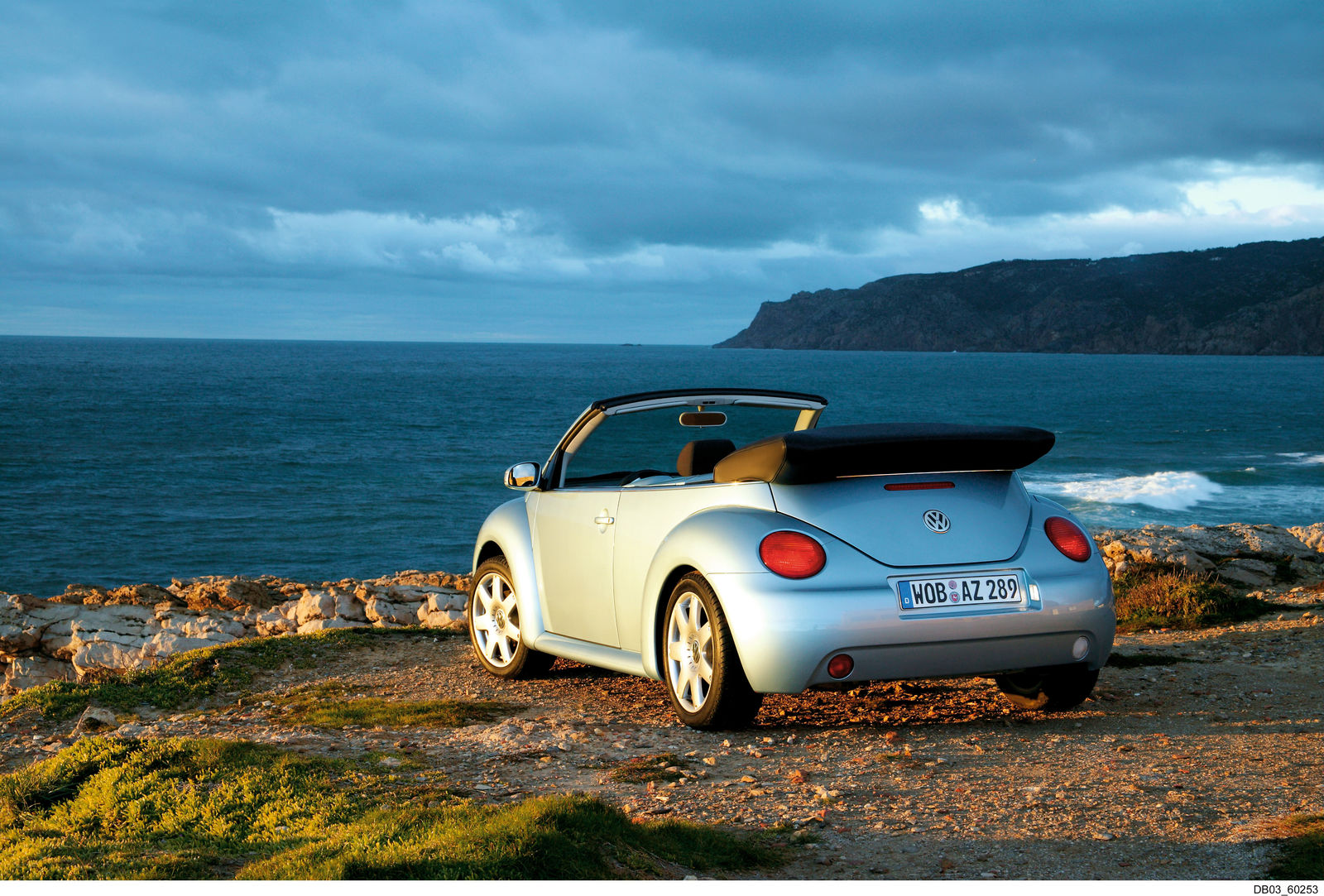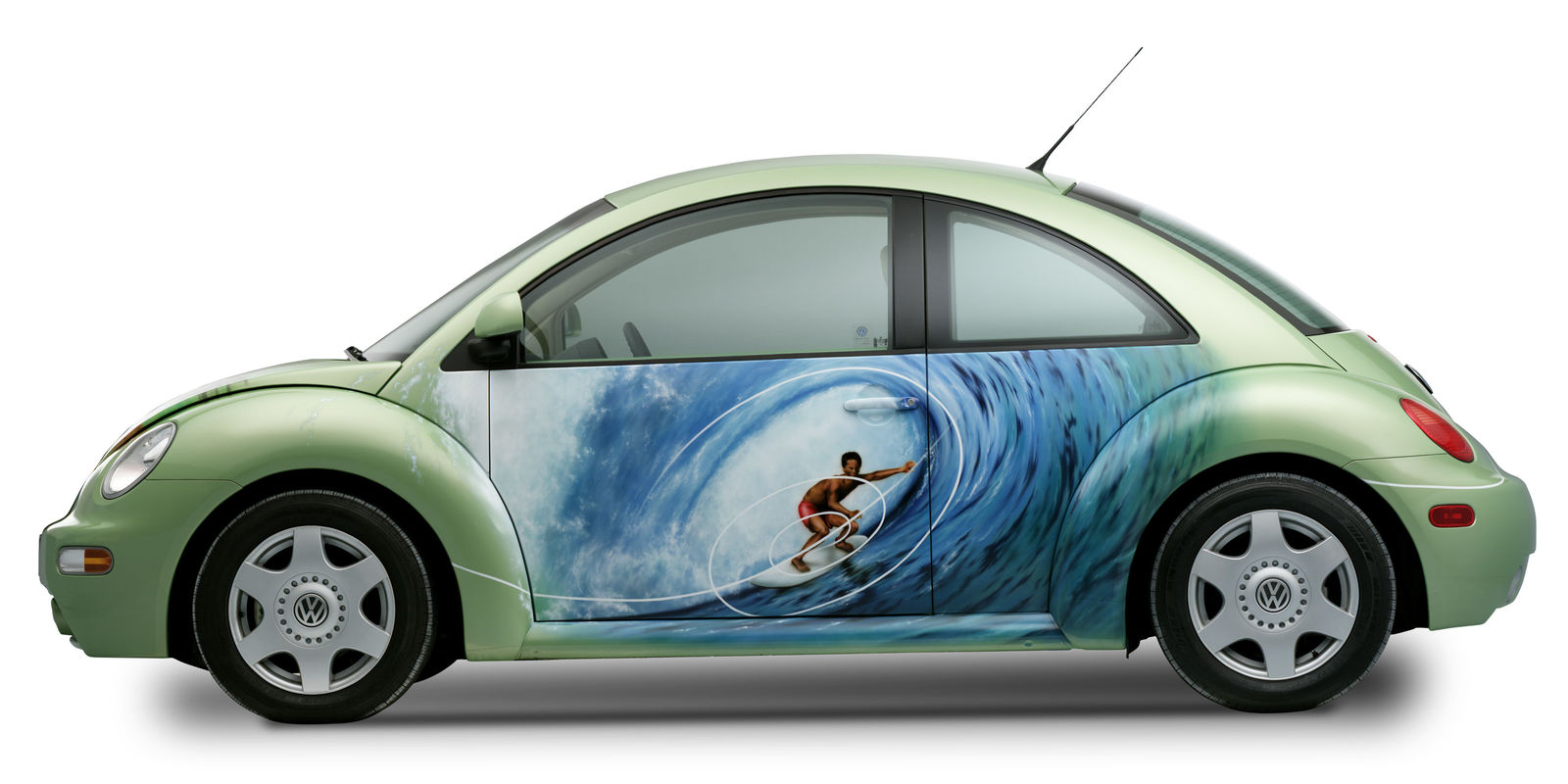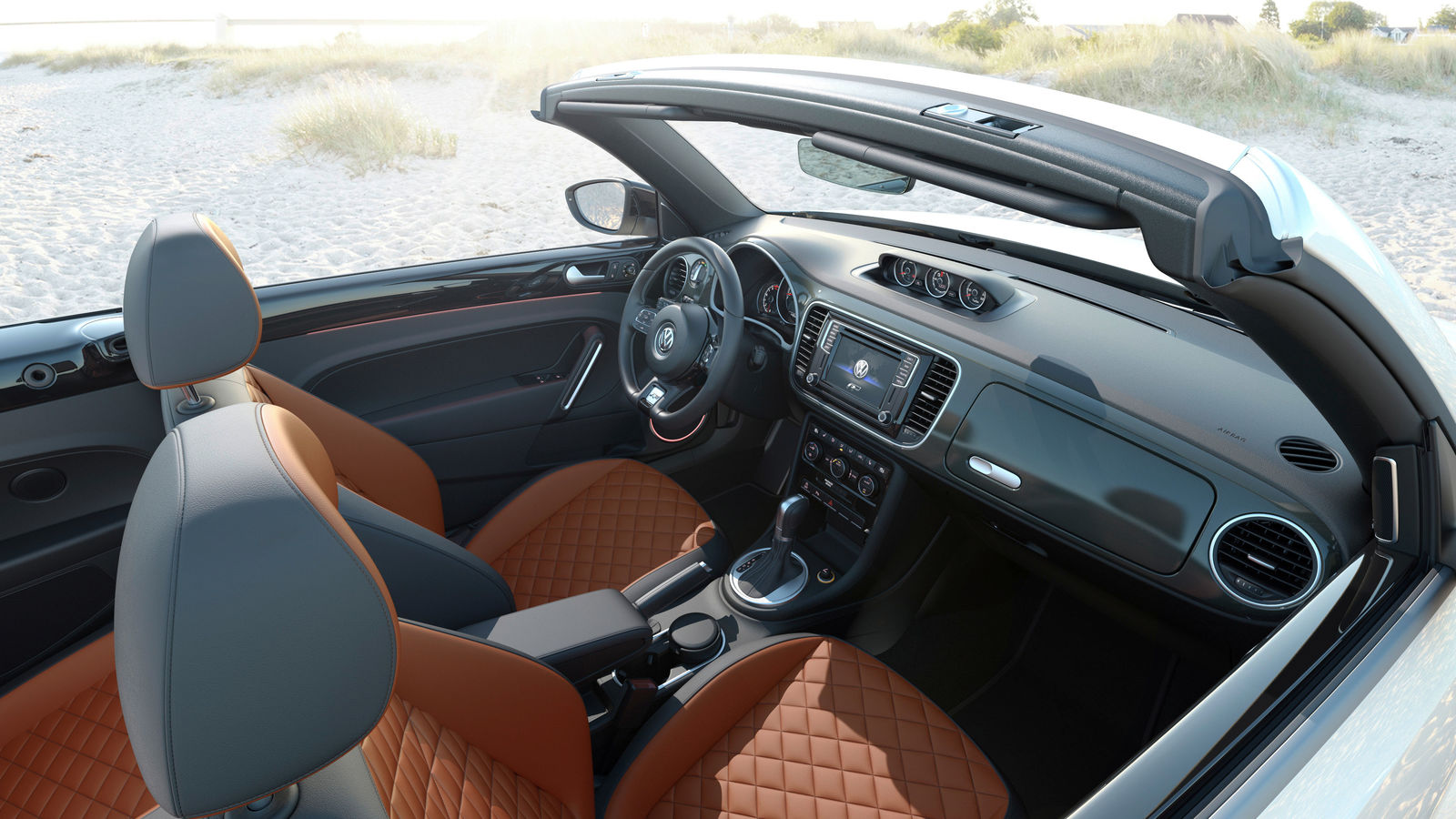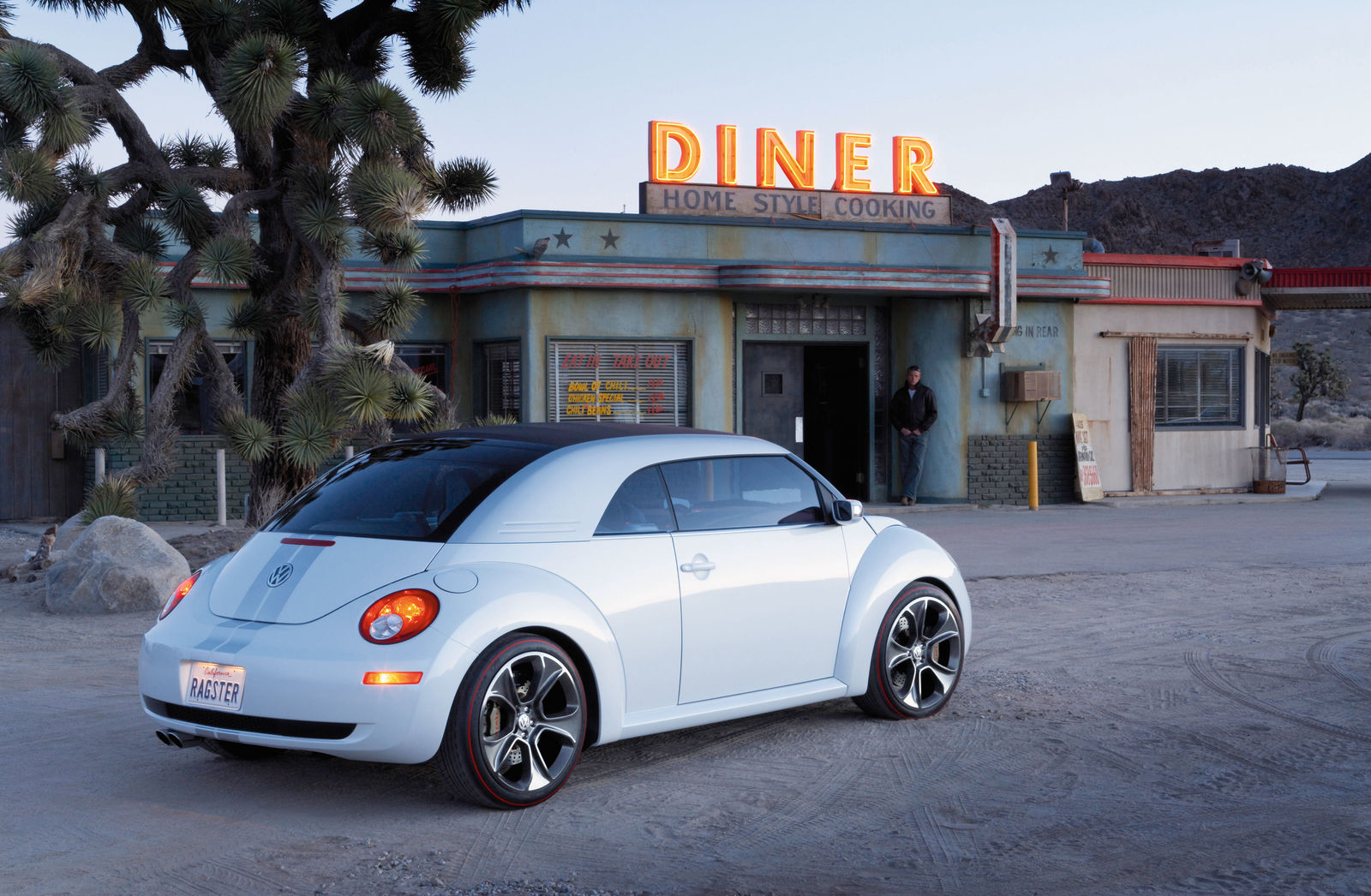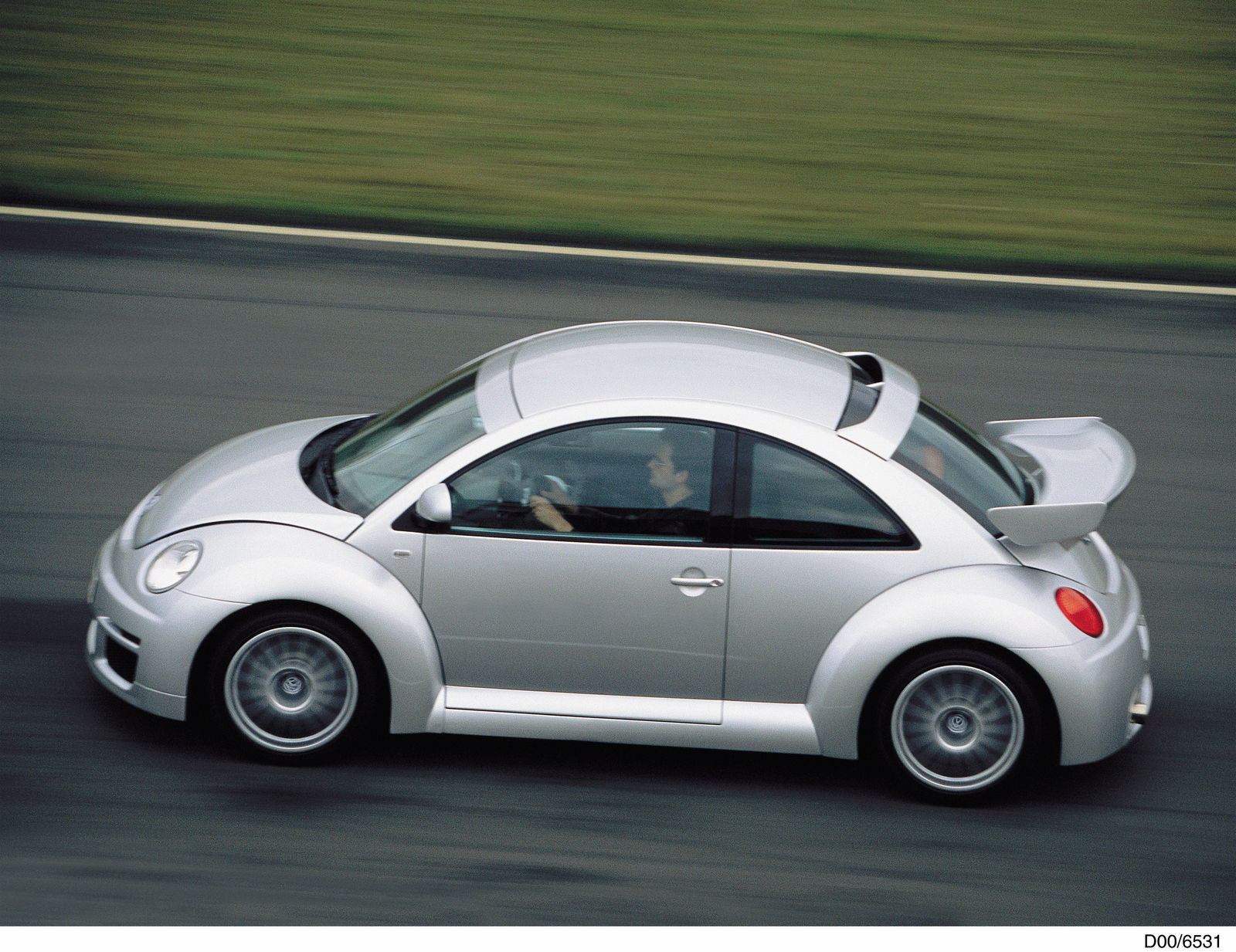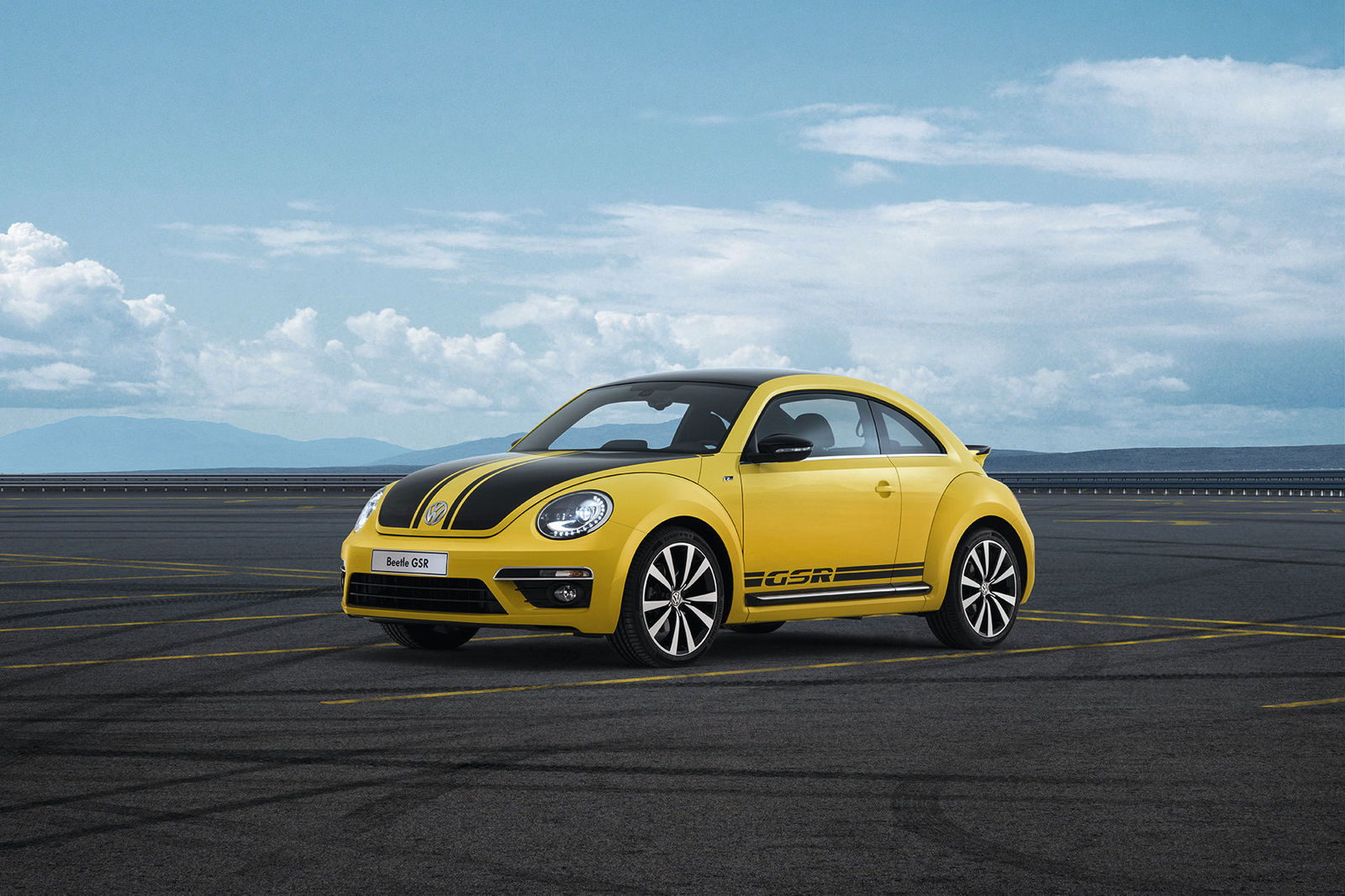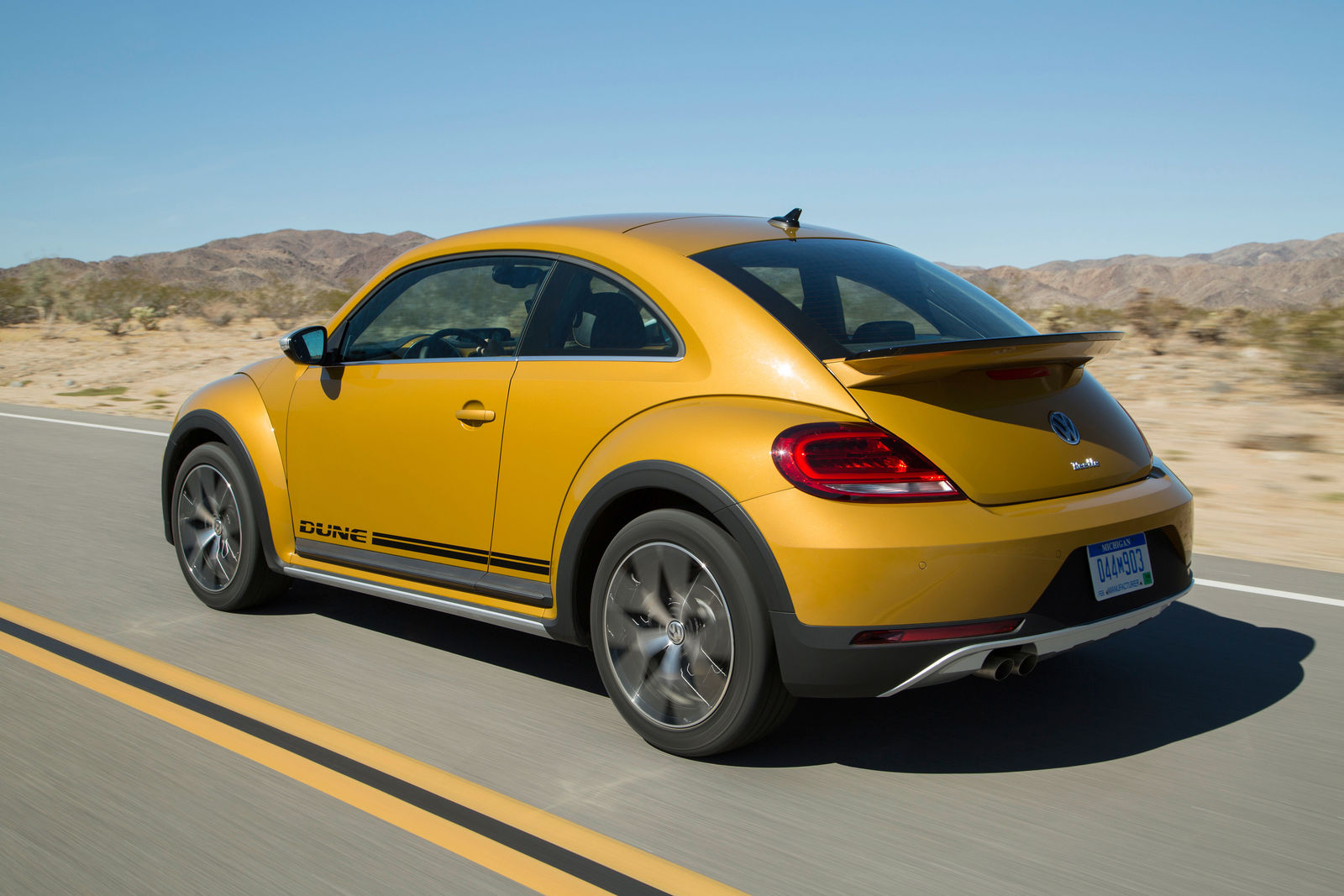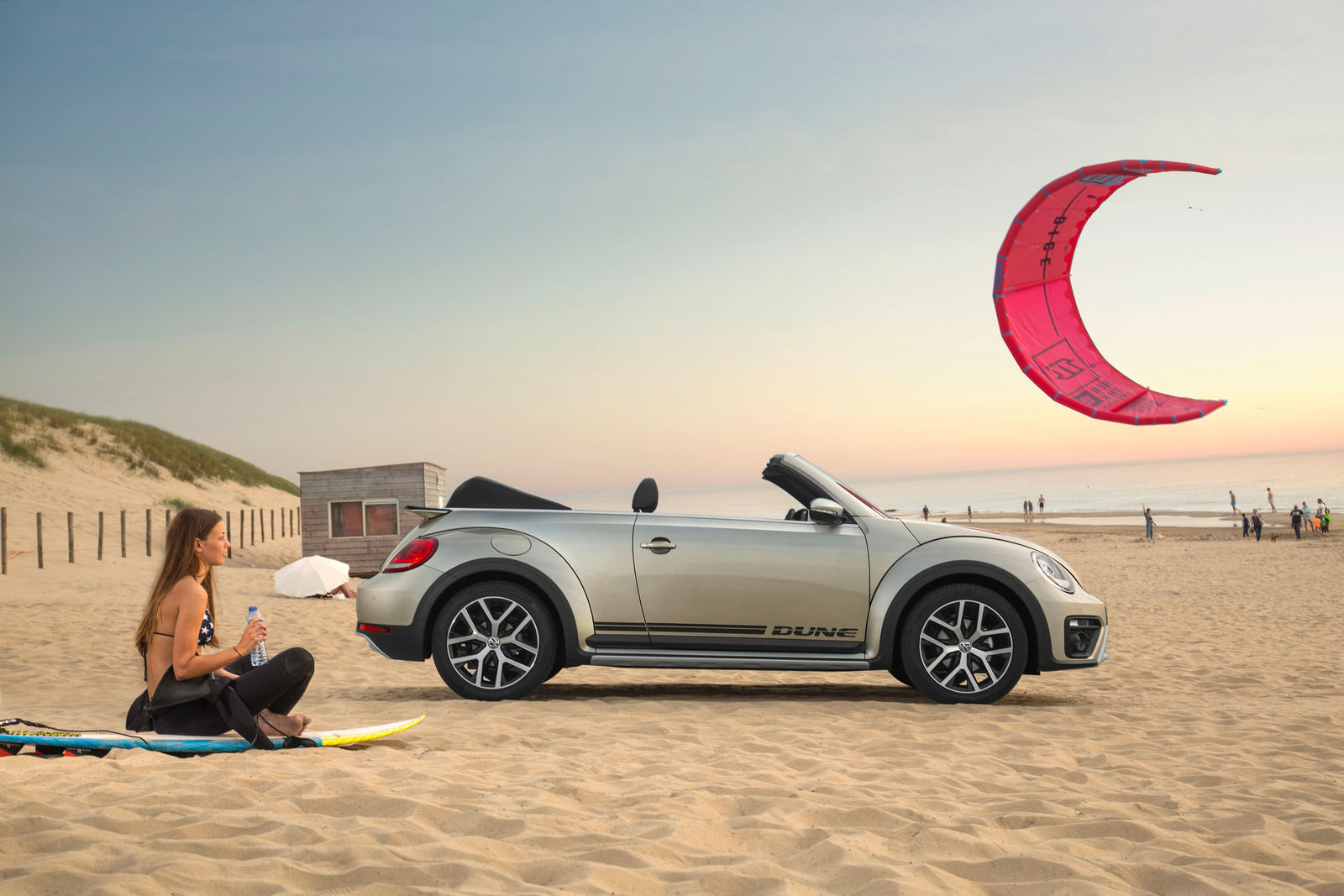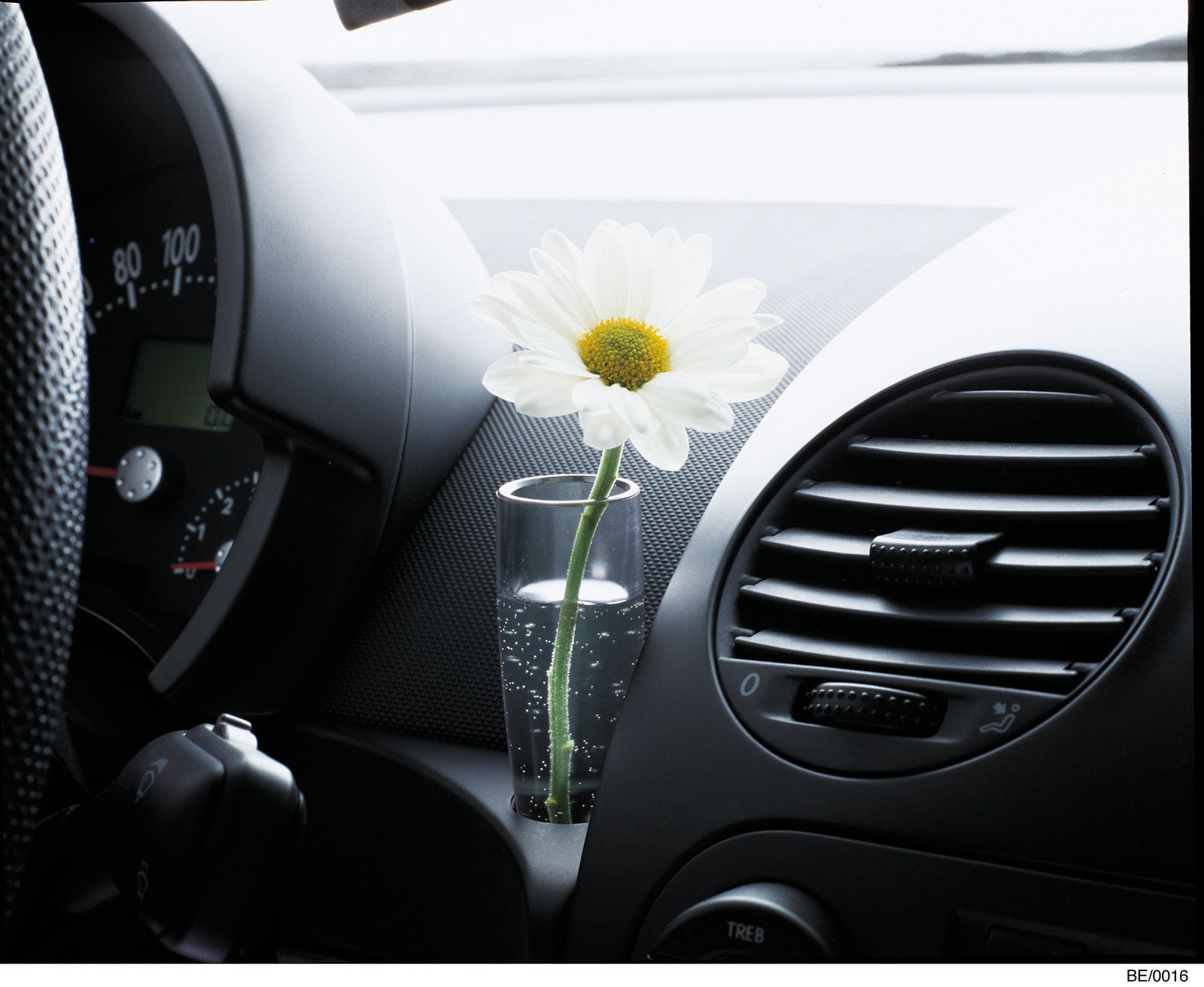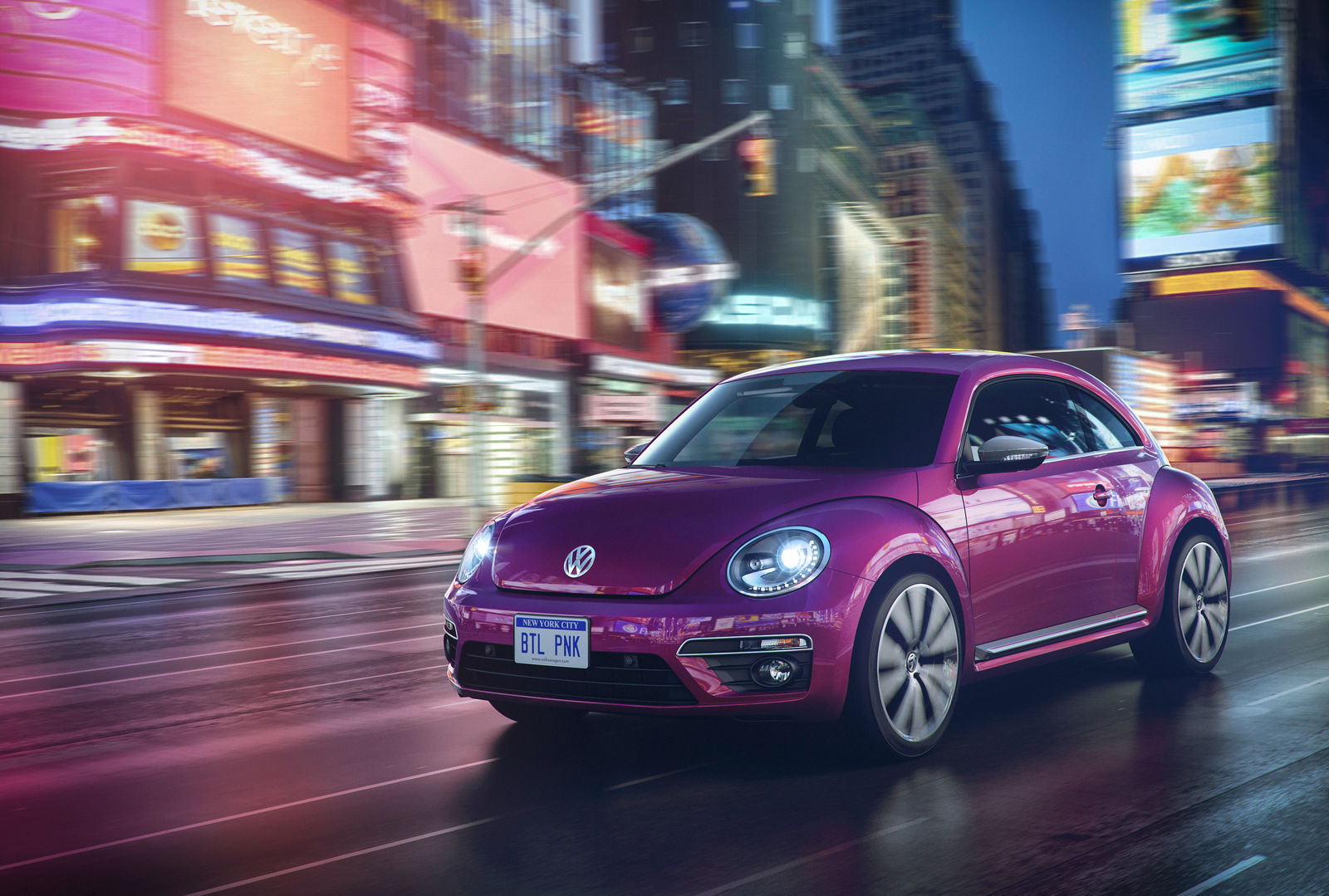In the beginning there was a vision, a dream like so many in the fabled land of opportunity: at the American Design Center, which was established in 1991 by Volkswagen in Simi Valley in southern California, employees are working on a vehicle with alternative drive technology. What could it look like? They know that in the US, the original Beetle is still considered the epitome of a Volkswagen – an icon and an enduring symbol of quality. So designers Freeman Thomas and J. Carrol Mays develop the rounded shape of the Beetle, into a form reflecting tradition and modern day design. At the Detroit Motor Show, in January 1994, they ultimately unveil their “Volkswagen Concept One,” a car shaped like a hemisphere, flowing forms, compact, different, retro – a sensation and the birth of the New Beetle.
Allow me to introduce: the New Beetle
The positive response by the public and trade media encourages Volkswagen to pursue the idea further. In March of that same year, the brand presents a convertible based on the “Concept One” in Geneva, followed in autumn 1995 at the Tokyo Motor Show by a version in which the design is better adapted to the technical requirements of automotive production. Before November is over, the decision is made to bring the “Concept One” into series production. Five months later, visitors at the Geneva Motor Show make the acquaintance of a revised concept car whose glass roof opens electrically – the New Beetle.
